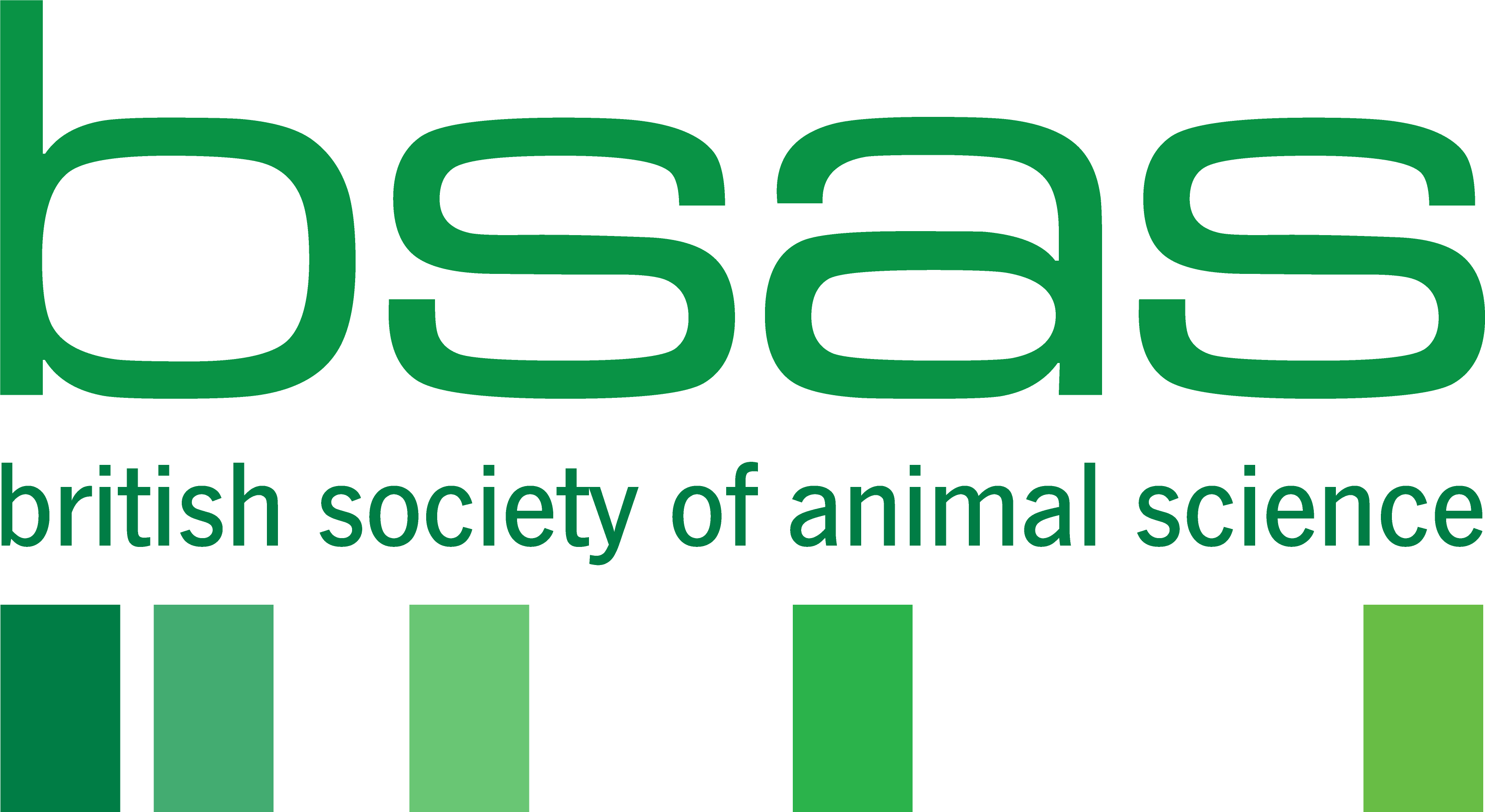The issue of dairy cow-calf separation
By Olivia Bolton
In British dairy production systems, cows and calves are commonly separated soon after birth and calves reared artificially by a farmer using whole or replacer milk. Under natural conditions calves would stay with their mother, who would provide them with nourishment, until natural weaning at around 8 months old. However, in artificially reared environments – like those on most British dairy farms, separation normally happens within the first 24-hours following parturition and as soon as immediately after birth therefore restricting, or eliminating, the opportunity for cows and calves to bond and interact with each other. Proponents of early cow calf separation argue that it reduces separation stress since there is little time for a mother-offspring bond to develop, that there is less risk of pathogen transfer in an artificial calf rearing environment, that it allows farmers to have greater control over the quantity and quality of colostrum consumed by calves (which is important for developing immune function in the neonate calf), it facilitates better management and is more practical on farm, and that it is a pre-requisite for the collection of saleable milk.
However, there is evidence to suggest that early separation is one of the most contentious issues amongst the public, with growing concerns about the impact on cow and calf health and welfare from consumers and stakeholders alike. Increasingly, “naturalness” in farm practices is central to public acceptability of that system and is becoming an increasingly important element of our understanding of what is good animal welfare. This then presents a challenge for the industry. If it is the case that consumers would prefer a more “natural” rearing experience for dairy calves, then why do farmers remove calves from the mother so quickly after birth, what are the benefits, and what are the key obstacles preventing farmers from leaving the calves with the mother for longer?
The answer isn’t necessarily a clear one. Despite developing research in the field, there is no consensus regarding the effects of extended contact between cow and calf. The success of a calf rearing system has a major effect on both the long and short term health and welfare of the animals and on the economic viability of a farm. Any disruption during the milk feeding period can have far reaching and long-lasting effects. Because of that, the perceived “risk” associated with extended contact (like loss of income, impact on calf health, increased stress etc) may currently act as an obstacle to implementation of cow-calf rearing on dairy farms. It is therefore critical that research helps to better understand the effects of extended cow calf contact on their health and welfare and untangle the perceived and actual effects, both positive and negative, associated with the system. Future research also needs to address the concerns and limitations of British dairy farmers since the success of a rearing system relies heavily on farmer “buy in” and support of the system.
